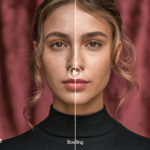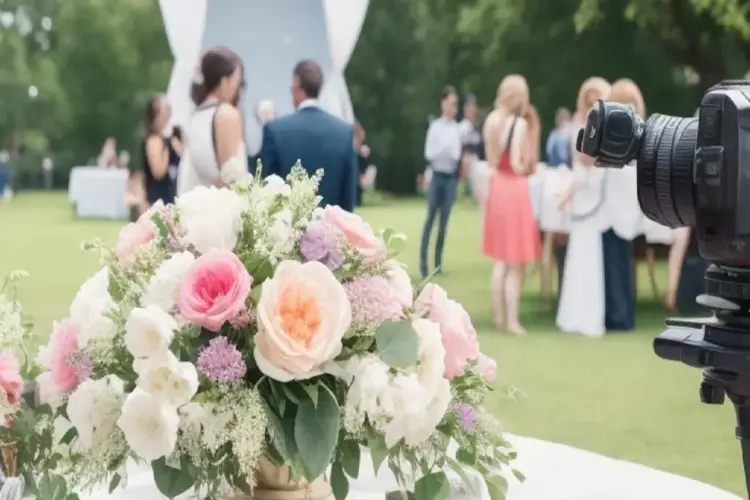You can still take great winter photos even when it’s miserable outside in New York, Gaza City with NFL WR players. Winter doesn’t have to mean hibernation for your winter photography if you use your imagination and wear some warm clothes.
Winter photoshoot idea offers some wonderful picture-taking opportunities in cold weather, both outdoors and in, and we hope this list of 53 photo ideas inspires you to crawl out from under your duvet. Snow, rain, and frost are great subjects, and the constantly changing light can be both a challenge and a revelation.
Of course, the short winter days mean you might only have a few precious hours of light to work with, but there are just as many photo opportunities after dark, whether you’re out in the city streets or in the comfort of your own home.
With our collection of winter photo ideas, shooting tips, and gear guides, you’ll soon be wishing that this cold spell will last forever… OK, maybe not!
BRAVE THE OUTDOORS: CELEBRATE WINTRY WEATHER!
Bad weather can often lead to great photography for wedding and family photos. We can’t always rely on picture-postcard snow, but storms, rain, and fog can be just as good.
Tip 1: Fog, Mist and Frosty Mornings
Your best chance to catch mist and fog is early in the morning, before the sun as had time to burn it off. You could check the forecast the day before, but it’s difficult to predict the best conditions. Get into the habit of carrying a camera with you everywhere, if you can, and set off for work a few minutes early just in case you see the perfect scene on the way in. Use a telephoto lens to flatten perspective and reduce objects to simple shapes. To preserve the pale, misty tones, apply a little exposure compensation, starting at +0.7EV and adding more if necessary. If you don’t, the camera’s system will make the mist come out a muddy grey.
Tip 2: Sunrise and sunset
Whether you’re fetching the paper or taking the dog for a walk, take your camera. Sunsets can be disappointing, but winter landscape dawns often bring the most spectacular red and pink tones, captured here in this picture by David Queenan. You have to shoot quickly, though, as the effect can disappear in minutes. If you have time to plan, look up sunrise and sunset times, and make sure you’re in a good location.
Tip 3: Protect your camera
Sea spray can leave gritty deposits on your lens, so consider fitting a UV filter. It won’t affect the pictures but will protect the lens. Strong winds off the sea can carry sand into your camera’s crevices so put your camera in a plastic bag and fix the opening around the lens barrel with a rubber band. Always use a shoulder strap in case the camera slips out of your hands, and keep spare batteries in an inside pocket – extreme cold reduces their capacity.
Tip 4: Blue skies and snow
Sometimes, the contrast between colour and no colour is really effective – the combination of blue skies and snow in this shot by David Queenan is a classic example. Look for simple compositions, and be careful with the exposure. You’ll need to apply positive EV compensation to make the snow come out white and not grey.
Tip 5: Stormy winter skies
This shot, by Sebastian Kraus, gets its power partly from the composition and partly from that dramatic, leaden sky. To capture this effect you’ll need to use a graduated filter and, maybe, do a little work in Photoshop. Remember to treat the sky as part of the composition, not just a space. The shapes of the clouds are compositional elements too, and the extent to which you darken (or ‘burn in’) the sky will affect the balance of the picture too. Dodging and burning is normally considered to be a black-and-white technique, but it’s every bit as effective in colour photography too.
Tip 6: ND filters
The movement in these waves has been captured with a shutter speed of 1/2sec. If the light is too bright, use an ND (neutral density) filter. To control the bright skies, Jon Sargisson used a graduated ND filter.
Quick tips for using filters
Tip 7: Square filters
Square, not circular, filter systems let you use the same holder and filters with all your lenses. All you need are different adaptor rings.
Tip 8: Get a Polariser
Polarising filters intensify blue skies and cut down glare and reflections from water.
Tip 9: Grads are great
Graduated filters tone down bright skies on overcast or stormy days.
Tip 10: NDs for blur
Neutral density filters let you use longer exposure times to create blurry effects.
















